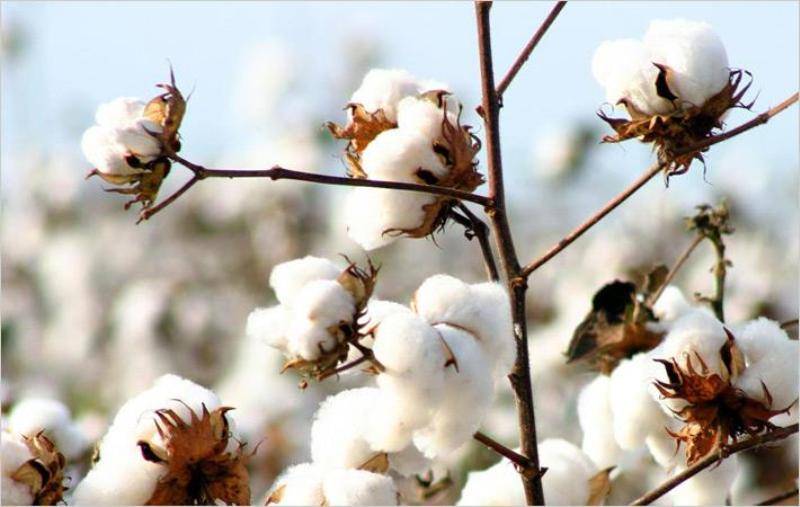
In comparison to the crop forecasts suggested by the cotton trading bodies, the Committee on Cotton Production and Consumption of the Union Ministry of Textiles (COCPC) has estimated a higher crop of 371 lakh bales (170 kg each) for 2020-21. The crop size was measured by the cotton exchange at 358.50 lakh bales.
The Committee, set up in September 2020 to replace the former Cotton Advisory Board (CAB), at its meeting on 25 January, predicted an average cotton yield of 486.76 kg per hectare, up from the 463.99 kg recorded in the previous year.
CAB had estimated the nation's cotton crop size of 365 lakh bales for the previous year.
According to the latest estimates, Gujarat, with 90.5 lakh bales and one of the highest yields at 676.86 kg per hectare will be the largest cotton-growing province. At 683.04 kg, Rajasthan is projected to have the largest cotton yield, with 27 lakh bales. Other than Maharashtra & Gujarat, with 86 lakh bales with 349.43 kg yield and Telangana with 60 lakh bales and 429.84 kg cotton yield are among the top three cotton growing states.
J Thulasidharan, Chairman of the Indian Cotton Federation, commenting on the cotton crop estimates, said that a higher crop would be a significant challenge for India to clear up large stocks of fibre crops. The closing stock for 2020-21 is likely to be 97.95 lakh bales, as per the government forecast, as opposed to 120.95 lakh bales reported last year.
In addition to small scale and non-textile consumption combined at 44 lakh bales, the Central Committee estimated mill consumption of about 286 lakh bales, and about 75 lakh bales of exports, with overall demand at 405 lakh bales.
Cotton analysts said that there would be little downward pressure on markets, amid higher crop forecasts by the Central Agency, as overseas demand for fibre would prevent prices from dropping. Vinod TP, Analyst, Geojit Financial Services Ltd, said that 'there could be some price pressure on cotton, even though it is likely to be minimal. Import demand in the coming quarter is expected to pick up. So the help for the rates will be there. Any correction will be a short-term correction at present.'
















